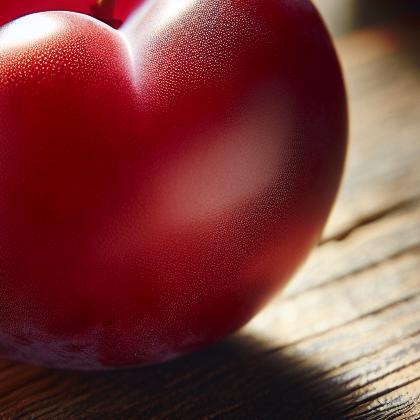Showing results for 'Ripe red plum'
close
Ripe Red Plum

A plum is a fruit of the subgenus Prunus of the genus Prunus. The subgenus is distinguished from other subgenera (peaches, cherries, bird cherries, etc.) in the shoots having a terminal bud and solitary side buds (not clustered), the flowers in groups of one to five together on short stems, and the fruit having a groove running down one side and a smooth stone (or pit).
Ripe red plum Pairs With:
Food Item
Flavor Affinity Level
Ripe red plum Properties:
| Food Property | Type | Description |
|---|---|---|
| Flavor Profile | Sweet | Ripe red plums have a natural sweetness that is balanced with slight tartness. |
| Sour | Ripe red plums may have a subtle sourness, adding to their overall flavor profile. | |
| Texture | Firmness | Ripe red plums are firm to the touch but give slightly when pressed, indicating ripeness. |
| Moisture | Ripe red plums are juicy and moist, with a succulent texture. | |
| Nutritional Value | Fiber | Ripe red plums are a good source of dietary fiber, which aids in digestion. |
| Color | Natural Pigments | Ripe red plums have a vibrant red skin and flesh due to natural pigments like anthocyanins. |
| Aroma | Volatile Compounds | Ripe red plums have a sweet and fragrant aroma, characteristic of the fruit. |
| Chemical Composition | Acidity/Alkalinity (pH) | Ripe red plums have a slightly acidic pH level, contributing to their tangy flavor. |
| Cooking Behavior | Heat Conductivity | Ripe red plums soften when heated, releasing their juices and intensifying their flavor. |
Food Pairing App - Version 1.2.0
